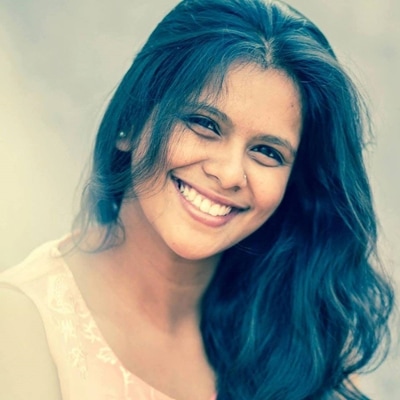With cost being one of the major hurdles in treatment of rare diseases, Indian drug companies have started manufacturing medicines for at least four conditions — Tyrosinemia Type 1, Gaucher’s Disease, Wilson’s Disease and Dravet-Lennox Gastaut Syndrome — bringing down the cost by up to 100 fold.
Four more medicines — cheaper than their imported counterparts —are likely to become available in early 2024.

In addition to rare diseases, the government has also urged the industry to produce an oral solution for hydroxyurea needed for the treatment of children up to the age of 5 years suffering from sickle cell disease.
Story continues below this ad
“While the capsule or tablet for hydroxyurea is readily available, an oral solution is not. The oral suspension costs about USD 840 or Rs 70,000 for a 100 ml bottle. Akums Drugs has already applied for an approval from the drug regulator and is likely to come into the market from March 2024 onwards. It will cost around Rs 405 a bottle,” said a senior health ministry official.
The price of Eliglustat capsules used for the treatment of Gaucher’s disease — a condition that leads to fatty deposits on liver, spleen and bones leading to increased risk of fractures — in an adult has dropped from Rs 1.8 crore-Rs 3.6 crore a year to Rs 3 lakh-Rs 6 lakh.
The price of Trientine capsules used for the treatment of Wilson’s disease — where there is excess deposition of copper in the cornea, liver and brain leading to psychiatric symptoms — has dropped from Rs 2.2 crore for a child of 10 kg to Rs 2.2 lakh.
The imported Nitisinone capsules used for the treatment of Tyrosinemia Type 1 — a metabolic condition where the body cannot break amino acid because of a missing enzyme leading to its accumulation in the liver and causing serious liver diseases — used to cost nearly Rs 2.2 crore annually for a child of 10 kg. This has been brought down to nearly Rs 2.5 lakh a year by two Indian companies.
Story continues below this ad
The lowest drop in prices is nine fold in Cannabidiol oral solution used for the treatment of Dravet and Lennox-Gastaut Syndrome — genetic epilepsy syndromes — for which the imported medicine costs about Rs 7 lakh-Rs 34 lakh per year for a child of 10 kg. The India manufactured medicine costs about Rs 1 lakh-Rs 5 lakh.
“This has become possible because we have been able to identify the priority conditions and work with the industry to ensure availability of these therapies. When called upon, the companies also agreed to produce these medicines without a profit motive. There cannot be profit with these medicines as very few people need these,” said the official.
A condition is considered to be a rare disease if its prevalence is less than one case per 1,000 population. Around 6% to 8% of the population is estimated to have a rare disease, meaning 8.4 crore to 10 crore Indians are living with these conditions for which treatments either do not exist or therapies are extremely expensive.
ExplainedWhat’s a rare disease?
A condition is considered to be a rare disease if its prevalence is less than one case per 1,000 population. Around 6% to 8% of the population is estimated to have a rare disease, meaning 8.4 crore to 10 crore Indians are living with these conditions for which treatments either do not exist or therapies are extremely expensive.
The government is working with the drug companies to ensure availability of cheaper, indigenously manufactured therapies for at least 13 priority conditions that are commoner, have existing therapies or science is at an advanced stage, and for which a therapy could drastically change the quality of life.
Story continues below this ad
With patients of rare diseases living in disparate regions in the country, the government is also looking at ways to ensure that the medicines become available to them. The medicines, at present, are available at the centres of excellence for rare diseases. In addition, the government is looking at whether making it available at Jan Aushadhi stores will be feasible, the official said.
Six of these conditions have been termed as “low hanging fruits” with their treatment dependent on easily manufactured small molecule medicines that are already out of patent. For six other priority conditions, gene therapy or enzyme replacement therapy is needed that are still under patent. The government is working on a production-linked incentive scheme for these medicines. And, in addition, is also promoting research on indigenous therapies for these conditions.










